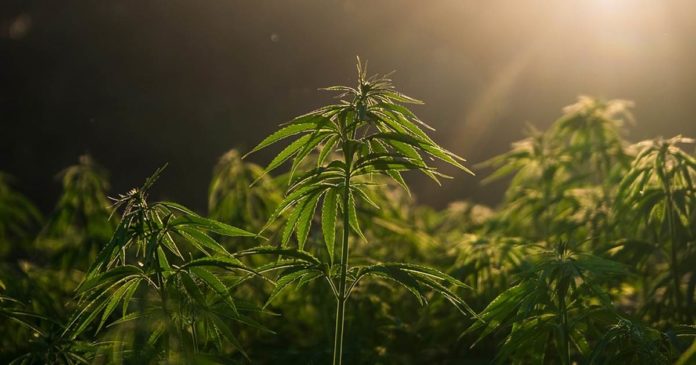A recently released report from the United Nations Conference On Trade And Development provides an interesting snapshot of the industrial hemp industry.
Released last week, the “Commodities At A Glance: Special issue on industrial hemp” looks at the various uses of the crop, production and trade statistics, and how developing countries could exploit its economic and social potential.
The report notes the USA became its third largest exporter in 2020 in terms of volume in less than two years after the re-legalization of industrial hemp in the country, which occurred with the passing of the 2018 Farm Bill. The number one country in 2020 was France; both in terms of value and volume; and France was followed by China. On the import side, the three largest markets in 2020 were Spain, Switzerland and the United States.
In terms of value and volume in 2020, the major product was semi-processed hemp.
But …
The report notes due to a narrow set of hemp products covered by international trade statistics, recorded trade flows it mentions don’t fully reflect the true size of the global industrial hemp market, and a more representative set of hemp-related products in these classifications is urgently needed.
“Despite an estimated overall value of about $5 billion in 2020, trade in such products, as reported in international trade datasets, amounted to a mere US42 million.”
Based on projections from Krungsri Research Intelligence (2021), the global hemp market is projected to grow fourfold in value in the coming years, from $4.7 billion in 2020 to $18.6 billion by 2027.
The report recommends a “whole-plant approach” based on the exploitation of all parts of the hemp plant to be at the core of any sectoral development strategy; which could facilitate the creation of production chains able to contribute to growth in rural areas, in manufacturing and in the food processing industry.
But to fully exploit industrial hemp’s potential, countries need to take specific actions including:
- Clarification of the legal status of hemp as distinct from intoxicant cannabis substances.
- A precise understanding of production constraints imposed by regulatory frameworks in destination markets.
- Regional cooperation to facilitate the establishment of production chains could be particularly useful in developing countries.
The 93-page “Commodities At A Glance: Special issue on industrial hemp” can be accessed here.


